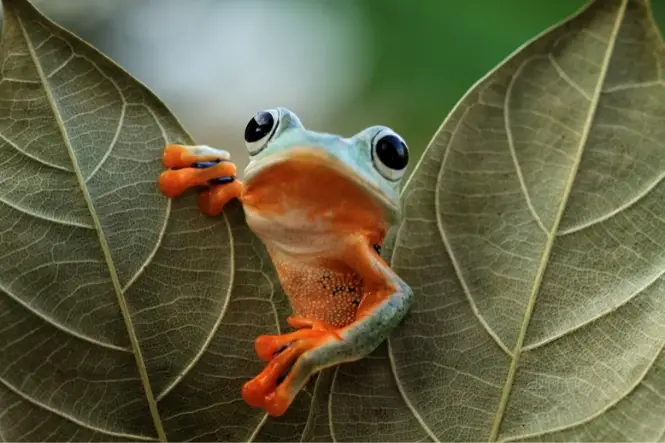Frogs can live to be more than six years old and it could well be that they have simply died of old age. Also, female frogs can occasionally be drowned or die from sheer exhaustion due to the frenetic activity of the breeding season. Of course, they may simply have fallen victim to predation by the likes of kestrels, owls or weasels which naturally forms part of the food chain although if they appear unmarked, it’s unlikely that this will have been the cause. However, if only three have died and the rest of the frog population is flourishing, there is unlikely to be anything wrong with the pond conditions. You have ensured that they can easily get in and out of the pond so it appears that you are creating the right conditions.
Ponds should generally be situated in a sunny location and away from any overhanging branches from trees. And, although frogs don’t have a specific need for certain types of plant species, a good mixture of aquatic vegetation makes for a good all-round ecosystem in the pond. Also, ensure that the pond does not have any steep sides or sides that get very hot, or are highly acidic or alkaline as this can cause young frogs in particular to fall back in and drown.
More recently, scientific research has discovered a virus called the ‘ranavirus’ but more commonly termed ‘redleg’ which has been hitting many frog populations. It basically causes blistering, redness and ulceration of the limbs and it can mean a slow and lingering death for the frogs as it eventually causes their limbs to fall off and ultimately results in their death. However, if the dead frogs you’ve experienced seem intact and all of the other frogs are healthy in addition to the fish breeding well, then it is more likely the case that the frogs have died of old age.
However, if you’re still concerned and you think there’s been something unusual going on which may have resulted in their death, you could contact the Frog Mortality Project on 01733 558444 and another useful organisation is Froglife which has its own website.

